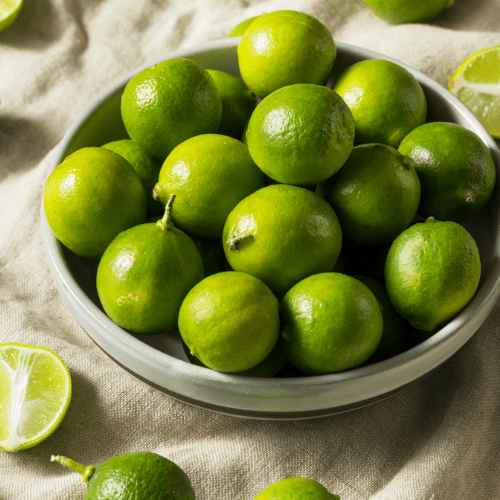Position
This tree thrives in the sun so make sure to plant it in a sunny spot where it will receive a full day of sun. Give enough space of at least 3 metres to ensure that the tree branches out properly, allowing an abundance of fruit.
Size
Dwarf trees will grow to a height of 1.5 to 2metres but can be pruned to any height or shape. Planting them in a container will make it easier to manage as they can grow taller when planted in the ground. The width of the trees can range from 1.8 metres to 4.5 metres.
Soil type
Bears limes prefer a sandy loam soil but can tolerate salty of heavy clay soils. Warm moist soil enriched with organic matter works very well. When growing in containers avoid potting soil as these contain wetting agents. Use a mix of compost and acid compost.
Mulch
Mulching around your tree makes it appealing and allows the soil to benefit from a constant supply of nutrients gathered by its slow decomposition process. Mulching will also keep the soil moist on warmer days.
Watering
Dwarf limes planted in containers requires watering only when the top level of the soil is dry. Add water to thoroughly moisten the soil and allow good drainage. If the soil is still moist, do not water.
Fertilizing
Dwarf lime trees will thrive with our slow release all plant fertiliser, apply one teaspoon every 4-5 months.
Pruning
Lime trees are sensitive to freezing temperatures. Due to this, pruning should be done in mid to late spring when there is no threat of frost. Ensure that all the dead branches are removed as this helps prevent disease, strengthen limbs and produce better, healthier fruits.
Pests and Diseases
Citrus trees are susceptible to aphids, red spider, and mildew. We recommend Effective Microorganisms to prevent the spread of these pests and diseases. It is organic and more affordable than most other products.








